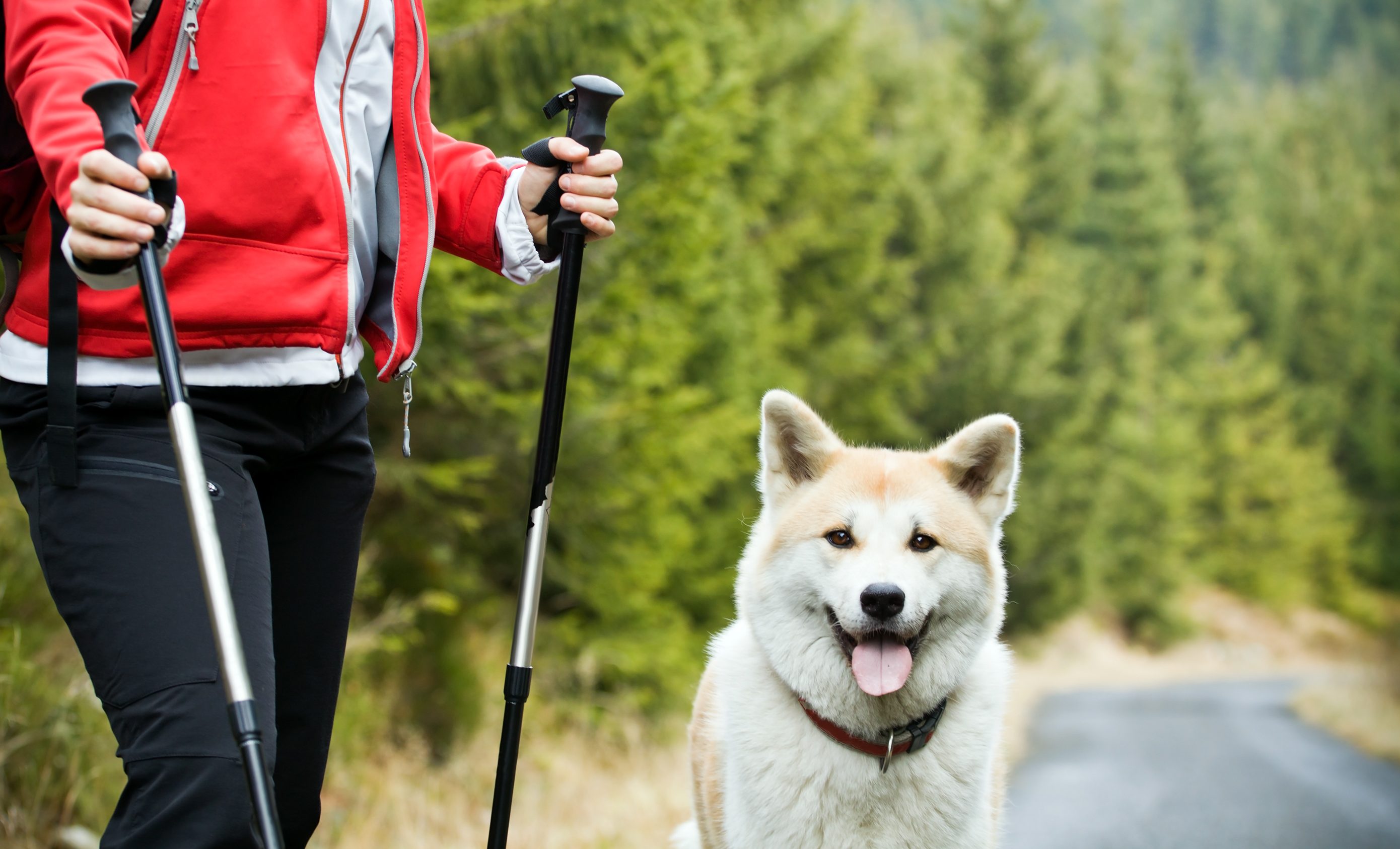Advising Customers on Canine Fitness
Steven Appelbaum //May 22, 2019//
With spring here and summer approaching, a great many of your customers plan on taking their dogs outside for fun and exercise. Outdoor excursions can be healthy for pets and owners alike, but only if they go about them with caution and common sense. While advice on the topic of exercising with pets might not directly result in product sales, it may stimulate client loyalty.
I have been working out both with and without my dogs for the better part of 40 years. During this time, I have seen thousands of people start exercise programs, with some immediately pushing themselves or their pets too hard. This invites discomfort, injury, and usually results in the participant quitting after a few weeks.
Other people fall into the opposite category; for them, just showing up in workout clothes is pretty much the extent of their effort. While showing up is a critical first step, consistent effort must be shown. I have found that people often project their attitudes and habits involving exercise onto their pets. The key is moderation and consistency for clients and their dogs.
What is reasonable exercise? The answer depends on the dog and client. It’s also based on age, current fitness levels and ultimate goals. While a few folks want their dogs in the kind of shape that allows them to backpack for 20-plus miles per day, most have far more modest desires—they simply want to include their dog in some of their activities, like moderate hiking, play at a dog-friendly beach or park, etc.
First, before anything else, remind clients to consult their veterinarian and personal physician to ensure that they’re both healthy enough for exercise. Every year thousands of people injure themselves and their dogs by jumping headfirst into an exercise program without heeding doctors’ instructions.
Week 1: Assuming dog and client are healthy, where do they start? A great way is by walking. They should commence with a comfortable, nonstop 15-minute walk. Clients should keep an eye on their dog—if they aren’t having a hard time keeping up, or excessively panting, that is probably the correct pace. Customers should do this 15-minute nonstop walk three times during the first week.
Weeks 2 and 3: For the next two weeks, dog owners should continue to walk three times a week at the same pace as week one, while increasing the amount of time by 2 to 5 minutes each walk. This means that by the end of the second week, they will be walking anywhere from 21 to 30 minutes per walk and, by the end of week three, between 33 to 45 minutes per walk.
Week 4. During this week, clients should pick up the pace a little bit for the first 15 minutes. They don’t have to jog, just walk a bit faster. Those walkers who haven’t reached 45 minutes per walk should also continue to gradually add time until they do.
Week 5. Customers should start increasing the amount of time they walk faster by about two minutes per walk until they can walk the entire 45 minutes at a brisk, nonstop pace. This can take some folks several more weeks and others a few months. They shouldn’t rush.
When owners can walk 45 minutes at a brisk pace, they should start mixing it up a little, like walking uphill or on a trail. They should remember that if they are going to do something harder than what they have done before, they need to dial it back a little bit when they first start.
Training Tip: When customers go for walks, they must bring water for themselves and their dog. They should also be aware of temperatures. If it is over 80 degrees, they should consider waiting until it is cooler.
Final Note: This is an exercise partnership, so things should always progress at the pace of the slower participant. If fit owners want to walk faster than their out-of-condition dog, they should be reminded to slow down until the dog has progressed to a point where they can comfortably move faster. If a dog or owner has trouble keeping up, slow down and stop increasing time or pace until both have acclimated to the level.
Simple walking can help create a foundation of fitness for owners and their pets. If customers start on their exercise program today, they should enjoy an active summer.



















